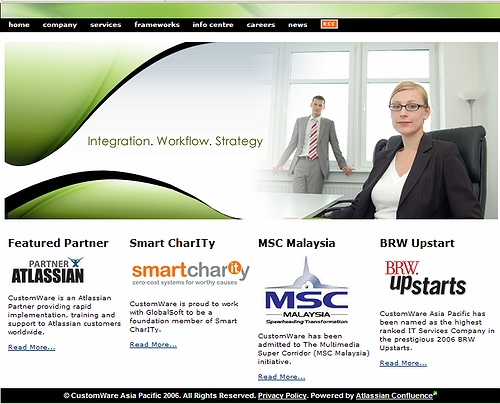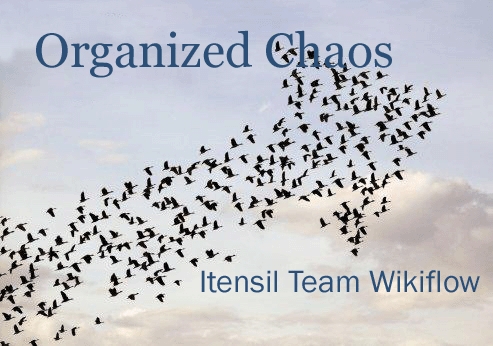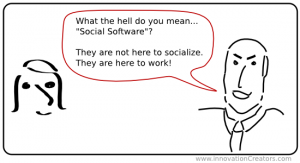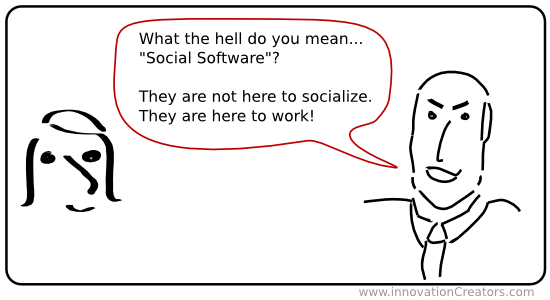Is Statcounter down? It appears to be quite dead for the second day in a row, but I can’t find any blogposts about it …
Update (9/5): As commenters point it out, and now that I am back, I can confirm, there is nothing wrong with statcounter. Only the $10.95/day hotel coonection would not let me access it .![]()

 . I’m starting to like it, and using it now – that is when I’m not posting entirely online, using
. I’m starting to like it, and using it now – that is when I’m not posting entirely online, using 






Recent Comments